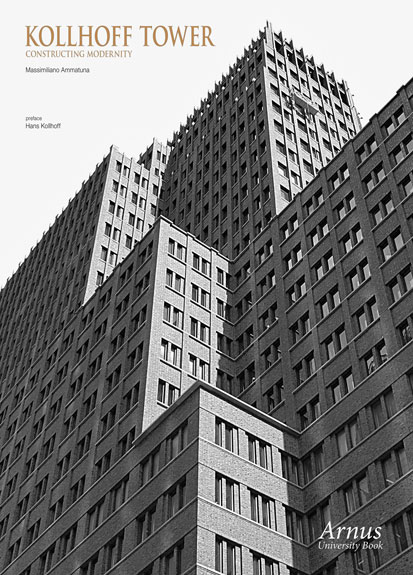
Rejecting the idea of a single, historically defined urban model, Hans Kollhoff tries to interpret the complex dialectic nature of the urban morphology of Berlin with his competition design for the rebuilding of Potsdammer Platz and Leipziger Platz. Having simultaneously passed over the modern idea of urban-landscape as a collection of freely composed objects related by abstract relations, and the historic model of the European city as elementary monument-surrounding and texture-emergence relationship, Kollhoff makes an interpretation of the modern city-landscape in terms of an independent and heterogeneous integrated system of figures. The tower, as typological and iconological stratification, is a metaphorical expression of the dialectic nature of the urban structure of a metropolis grown up as a mini-cities collage.The project as rereading and rewriting of the urban palimpsest represents the critical construction of the historical dimension of the city: modernity as a project of historical continuity is the assignment of critical value to history itself.